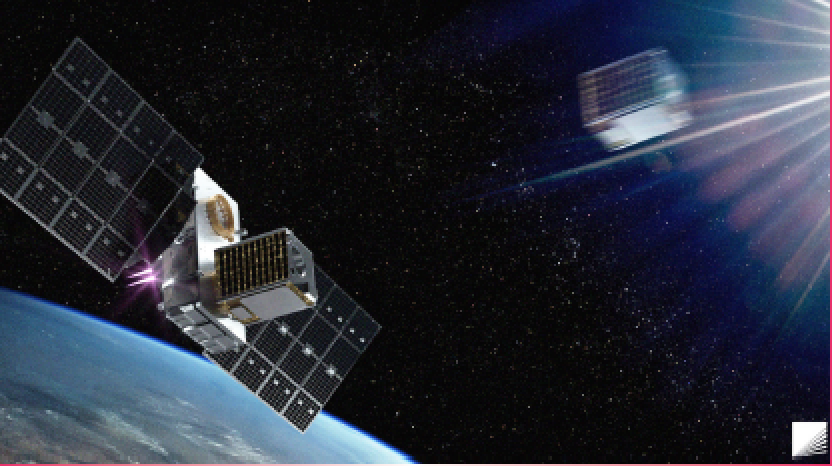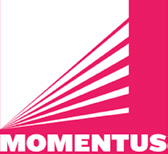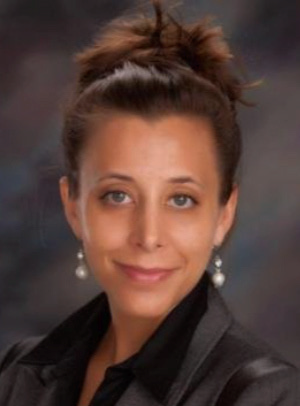Momentus Inc. wrapped up 2022 with significant accomplishments and a focus on taking strides toward achieving its vision in 2023.
“2022 was a big year for Momentus. We conducted our first mission, delivered eight customer payloads to orbit, expanded our services to new geographies, signed service agreements with civil and commercial customers, and continued to test and advance our technology to support the future of space infrastructure,” said Momentus Chief Executive Officer, John Rood. “As we look ahead to next year, our focus remains on delivering for our customers, testing our technologies in space, and innovating our services to meet the needs of a thriving space economy.”

First Flight
Momentus established initial flight heritage of its Vigoride Orbital Service Vehicle (OSV) that launched on the SpaceX Transporter-5 mission in May of 2022. Vigoride welcomed payloads for FOSSA Systems, Orbit NTNU and California State Polytechnic University among its customers. FOSSA’s payload featured multiple picosatellites as part of a constellation to provide global and real-time Internet of Things (IoT) connectivity for industrial applications. Orbit NTNU’s payload,
SelfieSat, supported a student-led initiative from Norway. California State Polytechnic University’s payload, BroncoSat-1, featured a technology demonstration. In total, Momentus deployed eight satellites from its Vigoride OSV and a third-party deployer.
New Business
Momentus secured multiple new agreements in 2022 to serve the needs of low-Earth orbit customers, including NASA, LuxSpace, CUAVA, and CONTEC CO. These customers join a backlog of others scheduled to fly with Momentus in 2023. In addition to these contracts, Momentus and Sidus Space signed a Memorandum of Understanding (MOU) to explore launching LizzieSat™ satellites onboard Vigoride. The MOU also seeks to foster collaboration between the two companies to use their joint capabilities to seek new opportunities together, expanding both firms’ reach.
Advancing Technology
The Momentus team continued to develop and test its technology during 2022 with a focus on integrating lessons learned from the inaugural mission, including comprehensive ground testing of Vigoride’s solar arrays and Microwave Electrothermal Thruster (MET). The team also accelerated work related to the TApe Spring Solar Array
(TASSA). These large sheets of flexible solar cells are bonded to tape springs. To stow, they are tightly coiled around a mandrel. After launch, motors unroll the mandrel, deploying the solar array.
“Momentus has patented the principles behind TASSA, and we aim to demonstrate it in 2023,,” said Momentus Chief Technology Officer, Rob Schwarz. “TASSA can coil around a 4’’ diameter mandrel, compared to the 12’’ ones used for other rollout solar arrays. It can also experience thermal distortions without buckling. We anticipate creating operational and cost efficiencies with this technology.”
In addition, technology development to support Rendezvous and Proximity Operations has advanced, including a successful design review in October with Momentus’ technology partners. The team is looking forward to a flight demonstration with Vigoride-7 targeted to launch on the SpaceX Transporter-8 mission, slated for

June of 2023. Rendezvous and Proximity Operations will enable future Vigoride vehicles to interact with other objects in space, paving the way for a next-generation reusable OSV and in-space services such as debris removal, end-of-life de-orbit, relocation, and mission enhancement.
Looking Ahead
Momentus has signed Launch Services Agreements with SpaceX to reserve space on the next four Transporter rideshare missions that are targeted to occur during 2023. The next Vigoride OSV is slated to fly on the SpaceX Transporter-6 mission, targeted for launch in January of 2023. This flight will mark Momentus’ second demonstration mission of its Vigoride OSV. Mission priorities include hosting Caltech’s Space-based Solar Power Project payload, deploying Qosmosys’ Zeus-1 payload, and testing Vigoride’s performance in space, particularly related to its MET propulsion. The MET is designed to use water as a propellant and produce thrust by expelling extremely hot gases through a rocket nozzle. However, unlike a conventional chemical rocket engine, which creates thrust through a chemical reaction, the MET is designed to create a plasma and thrust using microwave energy.
Using the MET, Momentus aims to offer cost-effective, efficient, safe, and environmentally friendly propulsion to meet the demands for in-space transportation and infrastructure services. The Vigoride OSV and its MET are next-generation systems enhanced from the previous versions that flew on the Company’s first demonstration mission earlier this year.

“Momentus is rallying around its near-term focus of demonstrating the capabilities of its initial services in Low Earth Orbit,” said Rood. “In 2023, we’ll continue to develop our technology to build reliability, flexibility, and responsiveness to the critical mission demands of the industry like de- orbiting, in-space satellite maintenance and repair, and other advanced in-space transportation and infrastructure services.”
Author Jessica Pieczonka is the Vice President of Communications at Momentus.

